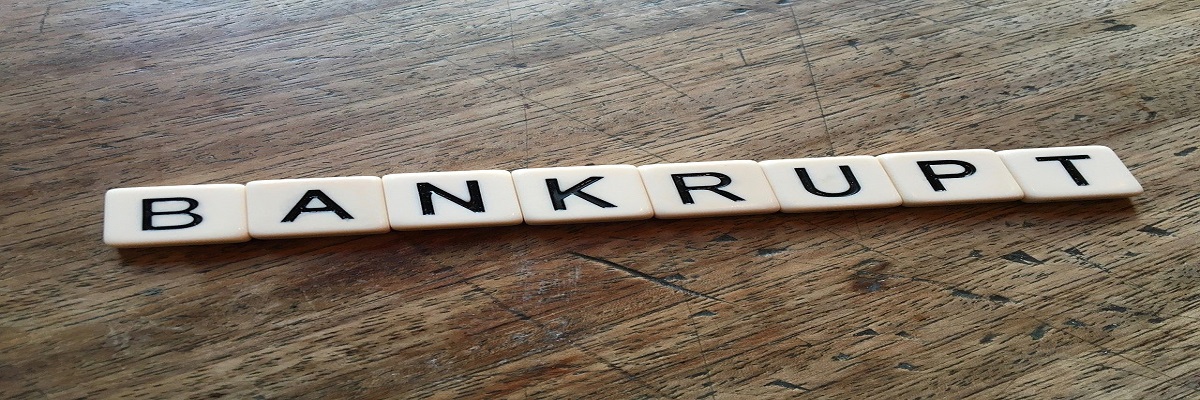Call: 888-297-6203
The fundamentals of bankruptcy are straightforward: bankruptcy is the legal system’s solution for debts that the debtor is unable to repay.
It trumps any conflicting state laws since it is federal law. That illustrates how the Constitution’s Supremacy Clause operates.
It is the same from state to state, with the exception of exclusions. However, because various courts interpret the same law to the circumstances before them, it differs in practise, just like everything man-made. In the United States, bankruptcy aims to help both debtors and creditors by ensuring that debtors receive relief from unmanageable obligations and that creditors receive payment from any assets the debtor does not require for subsistence.
Basics of bankruptcy: the chapters
There are four different types of bankruptcy cases that can affect both people and corporations. The chapter of the federal Bankruptcy Code that explains them is used to refer to them.
Chap. 7
One of most popular type of bankruptcy is Chapter 7. It is a liquidation process in which the Chapter 7 trustee sells any non-exempt assets of the creditor and distributes the proceeds to creditors in accordance with the order of priority for creditors set out in the Code.
Individuals, married couples, businesses, and partnerships can all file under Chapter 7. Within four to six months of filing their case, individual debtors receive a discharge. The trustee takes custody of any assets that are not exempt from the bankruptcy estate by an exemption, sells them, and distributes the proceeds to creditors. Any income the debtor receives after the lawsuit is filed belongs to them; creditors have no claim to them. Information about Chapter 7.
An experienced attorney can easily walk you through all these steps without you having to think much. To book an appointment – https://recoverylawgroup.com/bankruptcy/
Section 11
Reorganization proceedings under Chapter 11 are frequently used by companies or partnerships. Individuals may petition Chapter 11 bankruptcy, especially if their obligations are too high to qualify under Chapter 13.
In a Chapter 11 bankruptcy, the debtor often keeps his property and keeps running his business, under the court’s and the creditors committee’s supervision. The court approves the debtor’s proposed plan of reorganisation after it has been approved by a majority of the creditors, binding both the debtor and the creditors to its conditions of repayment.
Section 12
Similar to Chapter 13, Chapter 12 is a streamlined reorganisation for family farmers where the debtor keeps his property and pays creditors with future earnings. Chapter 13 Since May 2022, those with regular income and total debts under $2.75 million are eligible for the Chapter 13 repayment plan. The debtor preserves his assets and pays the Chapter 13 trustee on a monthly basis out of future earnings to pay creditors over time (3-5 years).
Depending on the debtor’s income, the value of his assets, and the nature of the debt, repayment to creditors during a Chapter 13 bankruptcy can be anywhere from almost nothing to 100%. Chapter 13 bankruptcy allows for the dismissal of some obligations that Chapter 7 bankruptcy cannot. In addition, Chapter 13 gives people a way to stop foreclosures and repossessions while making up missed payments on secured obligations, unpaid taxes, and unpaid child support.

